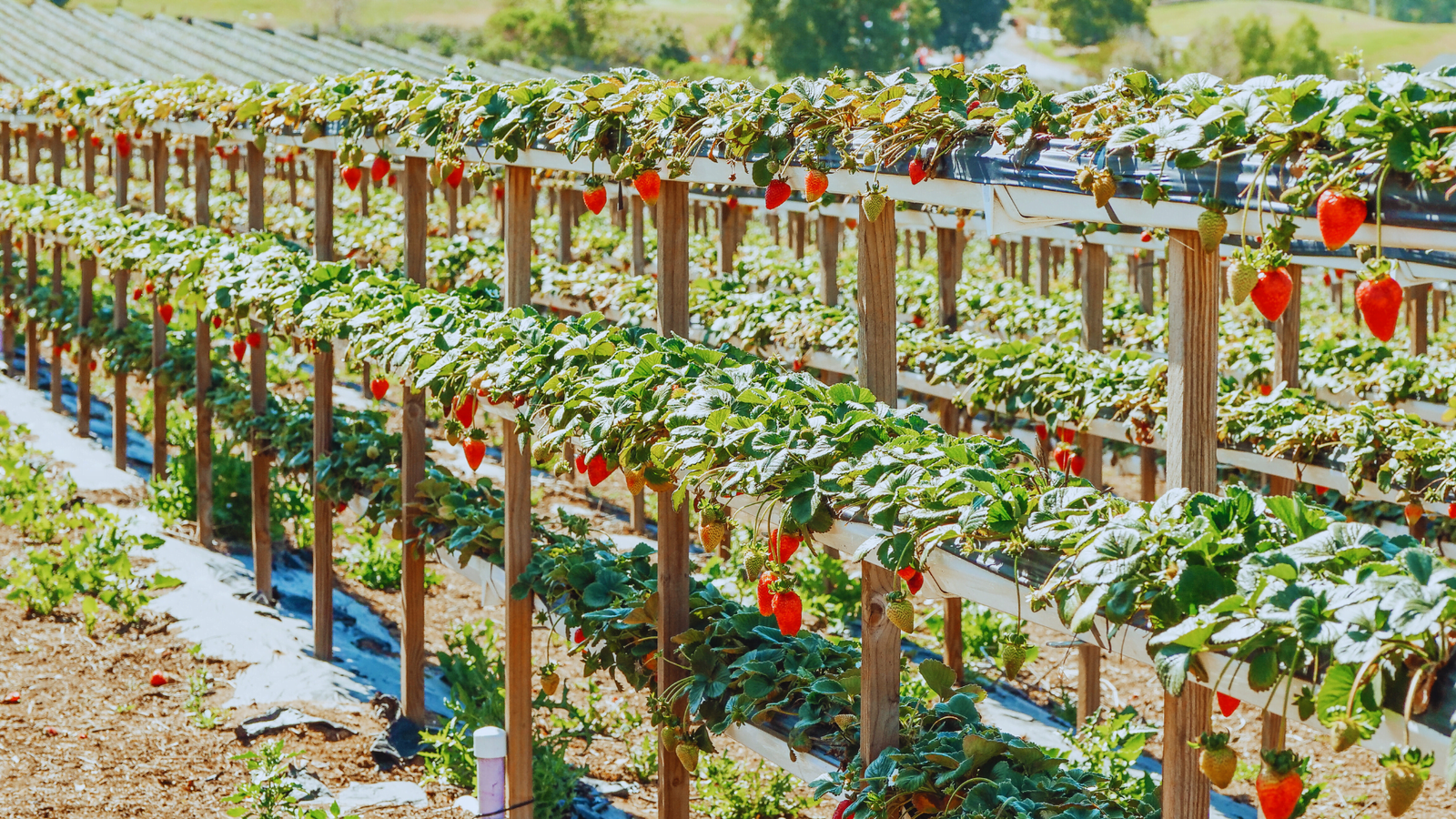(Agricultural Diversity)
Rice (Oryza sativa):
Details: Rice is a staple food crop and a primary source of nutrition in Jharkhand. It is grown in both irrigated and rainfed areas.
Maize (Zea mays):
Details: Maize is an important cereal crop, used for both human consumption and animal feed. It is well-suited to Jharkhand’s agro-climatic conditions.
Wheat (Triticum aestivum):
Details: Wheat is grown mainly during the Rabi (winter) season. It serves as a vital food crop and contributes to the state’s food security.
Pulses (Various species):
Details: Pulses such as lentils, gram, and peas are cultivated for their protein-rich seeds. They play a crucial role in providing a balanced diet and enhancing soil fertility.
Oilseeds (Groundnut, Mustard, Sesame, Soybean):
Details: Oilseeds are significant for oil extraction and culinary purposes. They contribute to the production of cooking oils and animal feed.
Potato (Solanum tuberosum):
Details: Potatoes are an important cash and food crop. They are grown during the Rabi season and are consumed locally and in nearby regions.
Sugarcane (Saccharum officinarum):
Details: Sugarcane is a major cash crop, cultivated for sugar production and other by-products like molasses and ethanol.
Vegetables (Tomato, Brinjal, Cauliflower, Spinach, etc.):
Details: Various vegetables are grown in Jharkhand to meet local consumption and commercial demands. They contribute to balanced diets and income generation.
Fruits (Mango, Banana, Litchi, Papaya, Guava, etc.):
Details: Jharkhand produces a variety of fruits, contributing to both local consumption and commercial markets. Fruits are rich in nutrients and have economic importance.
Jute (Corchorus capsularis):
Details: Jute cultivation provides fiber for making textiles, ropes, sacks, and other products. It contributes to rural employment and income generation.
Spices (Turmeric, Chilli, Coriander, etc.):
Details: Spices are grown for culinary and medicinal purposes. They add flavor to food and have cultural significance.
Makhana (Euryale ferox):
Details: Makhana, or fox nuts, are grown in water bodies and are valued for their nutritious seeds. They are used in traditional cuisine and snacks.
Millets (Ragi, Kodo, Kutki, etc.):
Details: Millets are drought-resistant and nutritionally rich crops. They contribute to food security and are often consumed as staple grains
Lemongrass
a versatile and aromatic herb that finds a place in Jharkhand’s agricultural landscape. Known for its distinct lemony fragrance and a wide range of culinary and medicinal uses.
Mango (Mangifera indica): Known as the “King of Fruits,” mangoes thrive in Jharkhand. Varieties like Amrapali, Dasheri, and Langda are grown, making the state a significant mango-producing region.
Banana (Musa acuminata): Bananas are a staple fruit, rich in nutrients and consumed widely across Jharkhand. They contribute to local diets and are used for making traditional sweets.
Litchi (Litchi chinensis): Litchis flourish in the state’s climate, with varieties like Shahi and China. Their sweet and juicy flesh makes them a popular choice among consumers.
Papaya (Carica papaya): Papayas are grown for their nutritional value and versatility. They are used both as a fruit and as an ingredient in various culinary preparations.
Guava (Psidium guajava): Guavas are cultivated for their distinctive flavor and high vitamin content. They are enjoyed fresh, as well as processed into jams and juices.
Citrus Fruits (Oranges, Lemons, and Limes): Various citrus fruits are grown, adding tanginess and freshness to the local diet. They are also a source of vitamin C.
Jackfruit (Artocarpus heterophyllus): Jackfruit is an important tropical fruit, used both in its ripe and unripe forms for cooking and consumption.
Ber (Ziziphus mauritiana): Ber, also known as Indian jujube, is a locally popular fruit with sweet and sour flavors. It is often consumed fresh or dried.
Pomegranate (Punica granatum): Pomegranates are appreciated for their juicy arils and potential health benefits. They are rich in antioxidants and are used in various culinary creations.
Amla (Emblica officinalis): Amla, or Indian gooseberry, is valued for its high vitamin C content and is used in traditional remedies and culinary applications.
Jamun (Syzygium cumini): Jamun, or black plum, is known for its unique sweet and tangy taste. It is often consumed fresh or used in jams and juice
It’s important to note that crop varieties and cultivation practices may vary across different regions of Jharkhand due to agro-climatic conditions and local preferences. The cultivation of these crops not only supports food and nutritional security but also contributes to rural livelihoods and agricultural sustainability in the state.














